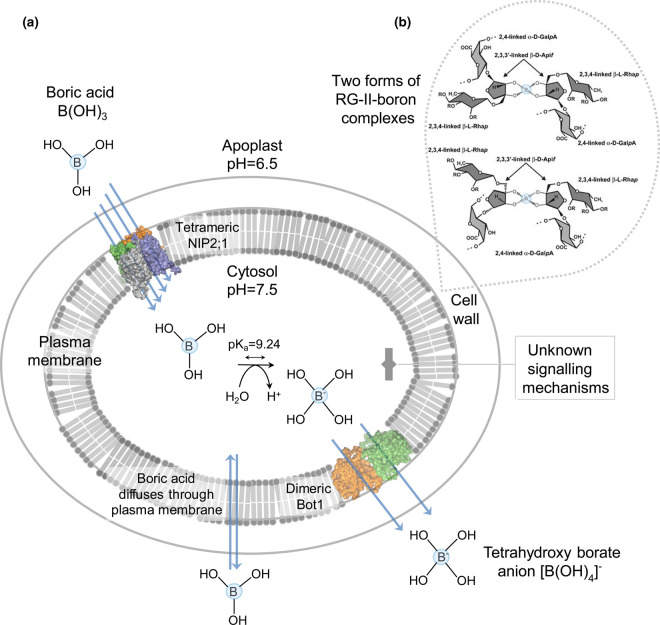Figure 1. Mechanism of soil B toxicity tolerance that regulates plant tissue B homeostasis.
(a) In plants, at least two types of membrane transport proteins are known to lower the intracellular B concentration during excessive soil B. Signalling mechanisms that sense high soil B are unknown. The multifunctional barley NIP2;1 aquaporin (cf. Figure 2) [15] permeates BA [B(OH)3] in the neutral form, while the barley Bot1 [17] and Arabidopsis BOR1 [58] efflux transporters (cf. Figure 3) permeate tetrahydroxy borate anions [B(OH)4]−. BA also enters cells through the plasma membrane without the assistance of transporters (double arrow). Quaternary homotetrameric NIP2;1 and homodimeric BOR1 in the plasma membrane are illustrated in surface representations, with protomers coloured in green, orange, deep blue and grey (NIP2;1) or green and orange (BOR1). Multiple blue arrows drawn through monomers illustrate influx of B(OH)3 via NIP2;1, or efflux of [B(OH)4]− through BOR1. BA with pKa of 9.24 occurs in the apoplast (pH = 6.5) in a neutral form and is converted to [B(OH)4]− in the cytosol at pH = 7.5. The pH values were determined by non-invasive imaging [90]. (b) One of the key biological function of B is in cross-linking two rhamnogalacturonan-II (RG-II) monomers through the branched pentose apiosyl sugar residues, forming two types of borate 1 : 2 diol ester complexes. These reversible RG-II-B pectin complexes are required for biogenesis and structure of plant cell walls [5,6]. B atoms in each RG-II molecule are circled in blue.

